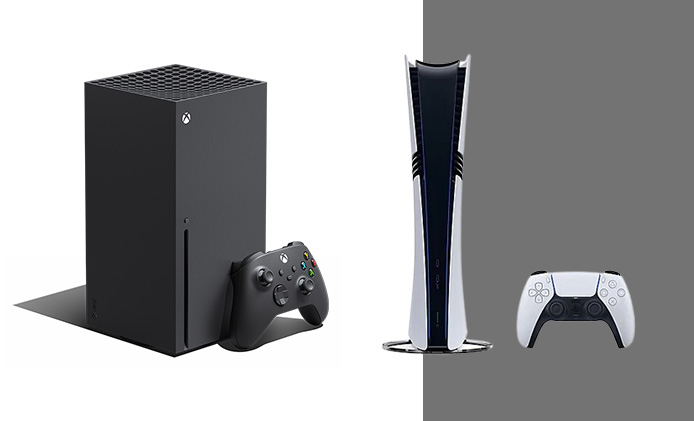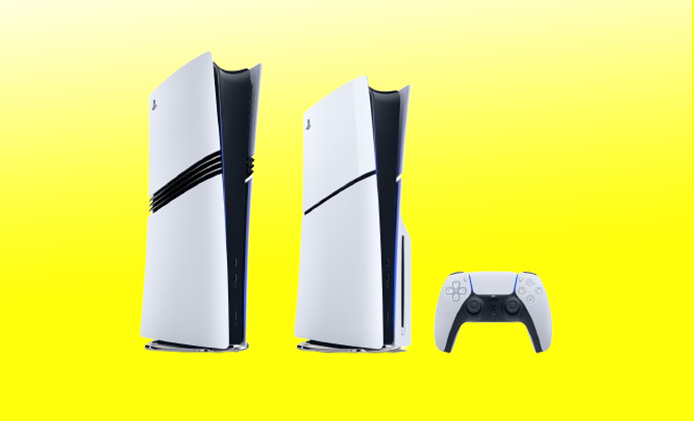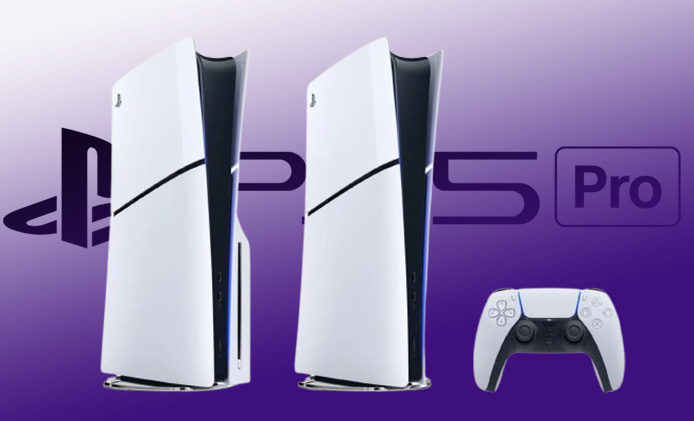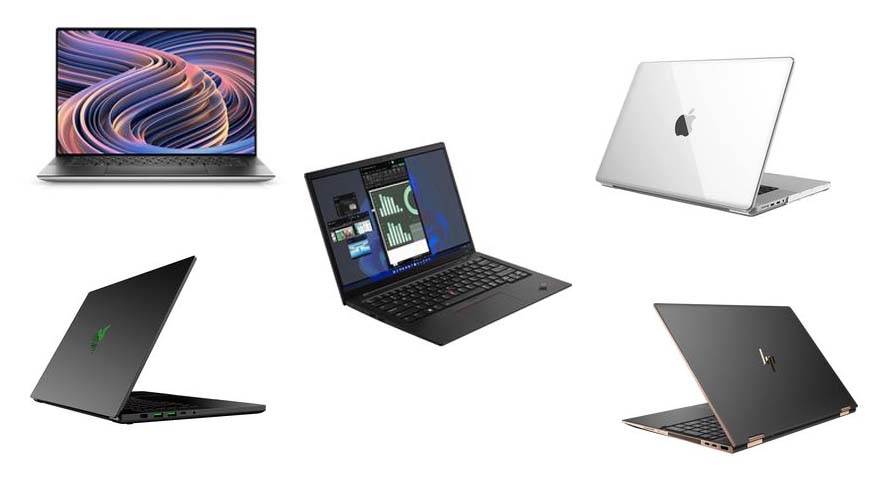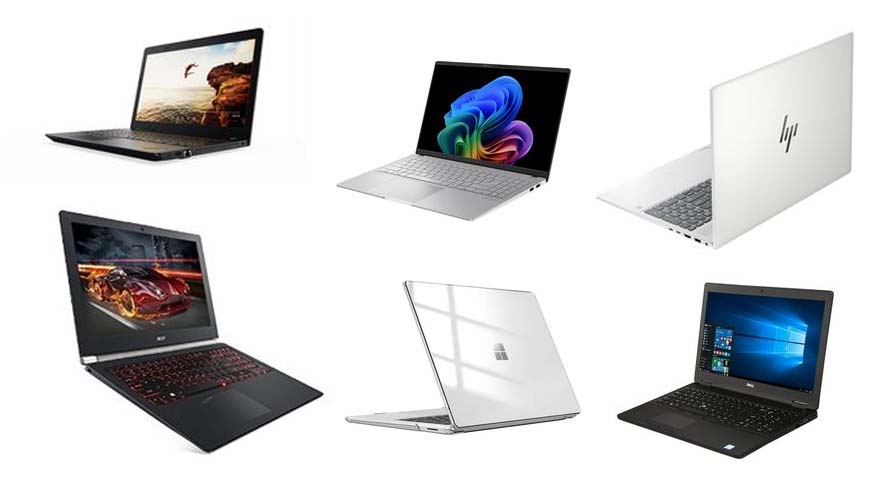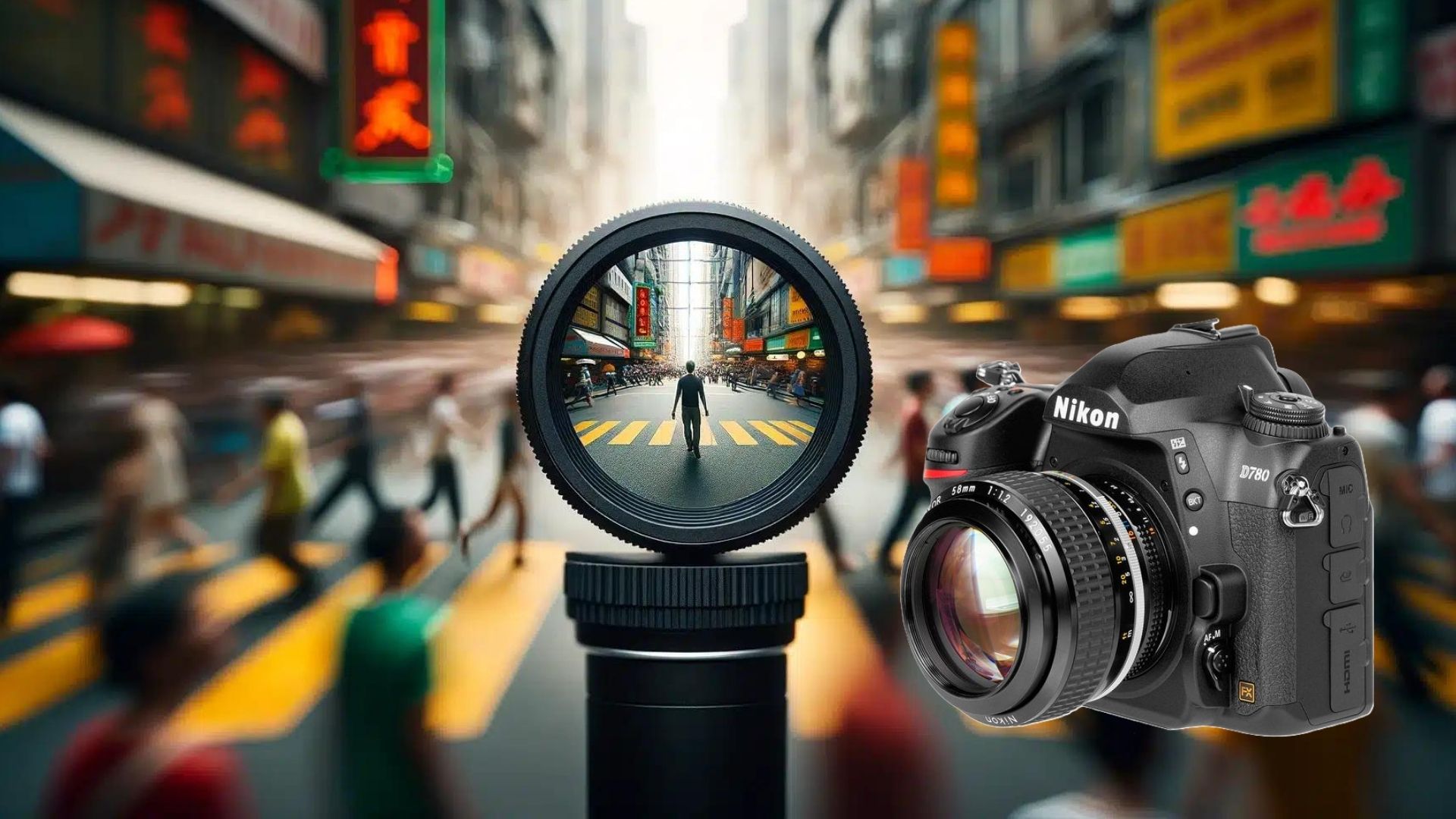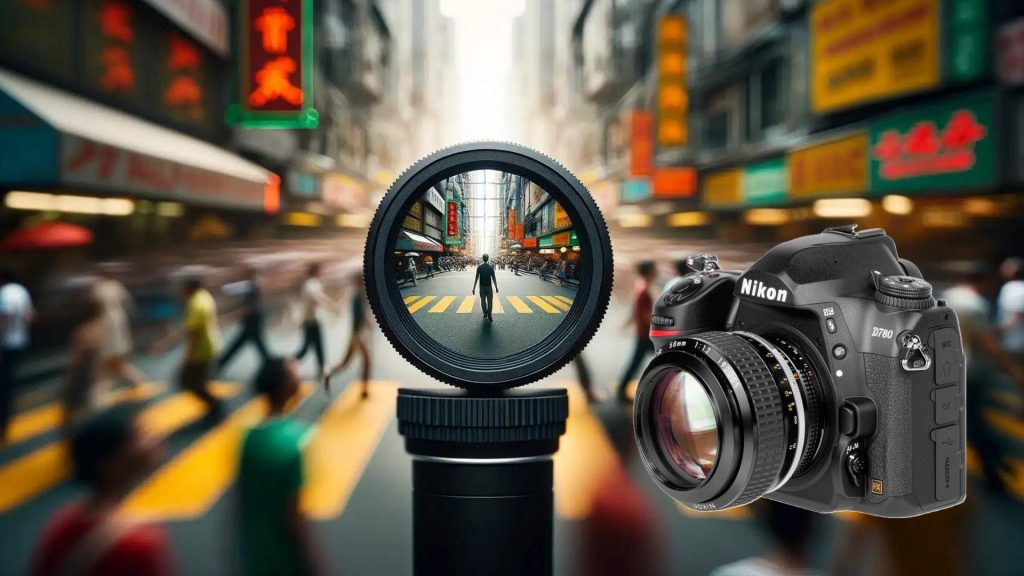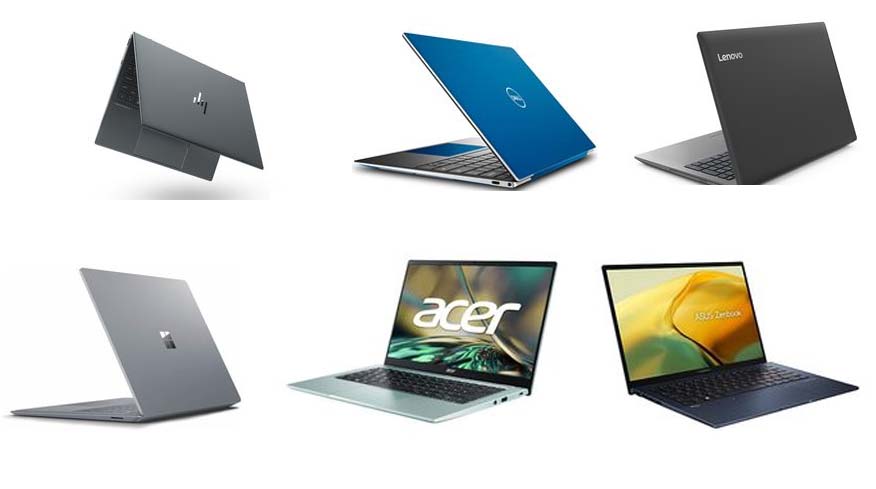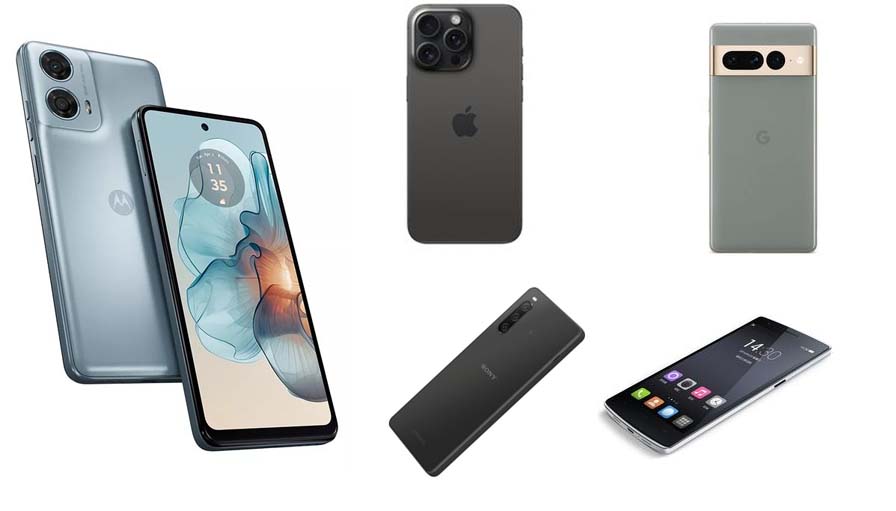As a dedicated PlayStation enthusiast, I’ve been on a rollercoaster of emotions since Sony announced the PS5 Pro. The anticipation leading up to the PlayStation Technical Showcase was palpable, and when the curtain finally lifted on Sony’s latest console, I found myself at a crossroads.
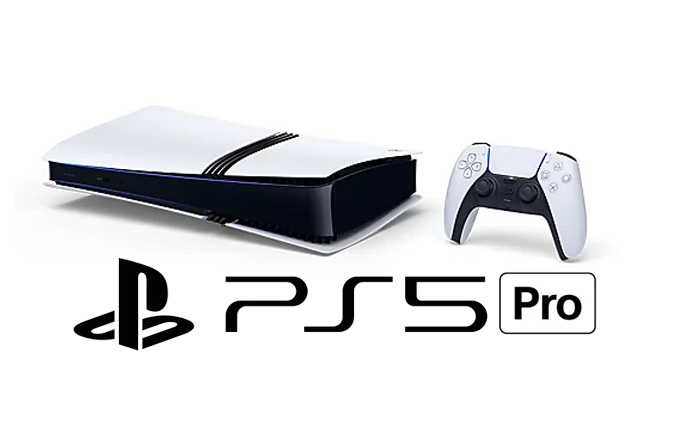
Click Here to Buy Your PS5 Now
The impressive specs and promises of enhanced gaming experiences had me excited, but the $699 price tag gave me serious pause. It’s a significant investment, especially in today’s economic climate, and not a decision to be made lightly.
Over the past few weeks, I’ve done extensive research, pored over technical specifications, and engaged in countless discussions with fellow gamers. I’ve weighed the pros and cons, considered my gaming habits, and thought long and hard about the value proposition of the PS5 Pro. It’s been a journey from initial skepticism to growing excitement, and ultimately, to a decision that I believe is right for me.
In this article, I’ll take you through my decision-making process, exploring in depth why I’m upgrading to PS5 Pro despite the hefty price tag. I’ll share the pros that won me over, the cons that gave me pause, and the factors that ultimately tipped the scales.
Whether you’re on the fence about the upgrade or just curious about what the PS5 Pro brings to the table, I hope my experiences and insights will help you make an informed decision. Before we dive into the nitty-gritty details, let’s take a quick look at the key takeaways from my analysis:
Key Takeaways
| Pros | Cons |
|---|---|
| Enhanced performance | High price point ($699) |
| 2TB SSD storage | No included disc drive |
| Improved visuals | Separate vertical stand purchase |
| Long-term value | Incremental upgrades |
Now, let’s explore each of these points in detail, starting with the pros that convinced me to make the upgrade.
The Pros That Won Me Over
Here are the pros that made me change my mind:
1. Enhanced Performance: A Game-Changer
One of the most compelling reasons why I’m upgrading to PS5 Pro is the promise of enhanced performance. As someone who values smooth gameplay above all else, the elimination of the choice between “Performance” and “Fidelity” modes is nothing short of revolutionary.
For years, we’ve been forced to make a trade-off: do we want our games to look their absolute best, or do we want them to run as smoothly as possible? It’s been a constant balancing act, with gamers having to decide between visual fidelity and performance on a game-by-game basis. The PS5 Pro aims to put an end to this dilemma.
Mark Cerny, the Lead Architect of the PS5 Pro, emphasized this point during the showcase. He explained that one of the biggest goals of the PS5 Pro is to provide both high frame rates and improved visual fidelity simultaneously. This means I’ll no longer have to sacrifice resolution and image clarity to enjoy games at 60 fps or higher.
“The prospect of no longer having to sacrifice resolution and image clarity to enjoy games at 60 fps is greatly appealing to me.” – My personal take on the PS5 Pro’s performance
To put this into perspective, let’s consider a game like Marvel’s Spider-Man 2. On the base PS5, players have to choose between a 30 fps mode with ray tracing and enhanced visuals, or a 60 fps performance mode that scales back some of the graphical bells and whistles. With the PS5 Pro, the promise is that we’ll be able to swing through New York at a silky smooth 60 fps while still enjoying all the visual enhancements like ray-traced reflections on skyscrapers and more detailed character models.
This isn’t just about making games look prettier – though that’s certainly part of it. Higher frame rates contribute to a more responsive gaming experience, which can be crucial in fast-paced action games or competitive multiplayer titles. The fact that the PS5 Pro aims to deliver this without compromising on visual quality is a game-changer for me.
2. Increased Storage: Room to Grow
Another significant factor in why I’m upgrading to PS5 Pro is the increased storage capacity. The PS5 Pro comes with a 2TB SSD, which is a substantial upgrade from the base PS5’s 825GB (of which only about 600GB is usable).
As my game library has grown over the years, I’ve found myself constantly managing storage space. Modern games are getting larger and larger, with titles like Call of Duty: Warzone and Final Fantasy VII Remake taking up massive chunks of storage. The prospect of having more than double the usable storage is incredibly appealing.
To put this into perspective, here’s a quick comparison of storage capacities:
- Base PS5: 825GB (~ 600GB usable)
- PS5 Slim: 1TB (~ 850GB usable)
- PS5 Pro: 2TB (~ 1.8TB usable)
This means that with the PS5 Pro, I’ll be able to keep significantly more games installed and ready to play at any given time. No more agonizing over which game to delete to make room for a new release. No more lengthy re-downloads when I want to revisit a game I had to uninstall earlier.
Plus, the PS5 Pro is compatible with existing PS5 SSDs, allowing for even further expansion. This means that if I ever do manage to fill up that 2TB drive, I have the option to add even more storage down the line.
For me, this increased storage capacity isn’t just about convenience – it’s about having the freedom to maintain a diverse gaming library without constant micromanagement. It’s about being able to jump into any game in my collection at a moment’s notice, without having to wait for downloads or updates. In an era where game sizes are only getting larger, this extra storage space is a luxury that I believe will significantly enhance my gaming experience.
3. Improved Visuals: Seeing is Believing
While some may argue that the visual improvements are subtle, I’m genuinely excited about the potential enhancements to games I already love. Titles like Horizon Forbidden West and Marvel’s Spider-Man 2 already look stunning on the base PS5, but the prospect of playing them with even better image clarity and potentially more stable frame rates is enticing.
The PS5 Pro’s improved ray tracing capabilities promise to bring more realistic lighting and reflections to games. Ray tracing is a rendering technique that can simulate the way light behaves in the real world, leading to more accurate reflections, shadows, and global illumination. While the base PS5 is capable of ray tracing, the PS5 Pro is set to take this to the next level.
Imagine exploring the post-apocalyptic world of Horizon Forbidden West with even more detailed environments, more realistic water reflections, and more nuanced lighting. Or swinging through New York in Spider-Man with ray-traced reflections on every window, puddle, and shiny surface. These enhancements might seem small on paper, but in practice, they can significantly increase immersion and make game worlds feel more alive and realistic.
Moreover, the PS5 Pro is equipped with improved upscaling technology. This means that even if a game isn’t running at native 4K resolution, the console can intelligently upscale it to look crisp and clear on 4K displays. For someone like me who appreciates the finer details in-game graphics, this is a significant factor in why I’m upgrading to PS5 Pro.
It’s not just about making existing games look better, either. As we move further into this console generation, developers will be able to push the boundaries of what’s possible with the PS5 Pro’s enhanced capabilities. This means that future games could potentially look and run even better on the Pro compared to the base PS5.
4. Long-Term Value: A Future-Proof Investment
When considering a major purchase like the PS5 Pro, I always try to evaluate its long-term value. Given that I use my PS5 almost daily, the cost-per-hour of entertainment over the console’s lifespan makes it a reasonable investment for me.
Assuming the PS6 won’t be released before 2027 (which is a conservative estimate based on typical console generation lengths), I’m looking at potentially thousands of hours of use from the PS5 Pro. Let’s break this down:
- If I use the console for an average of 2 hours per day (which is probably an underestimate for me), that’s about 730 hours per year.
- Over 3 years (2024-2027), that’s approximately 2,190 hours of use.
- At $699, that works out to about $0.32 per hour of entertainment.
When you look at it from this perspective, the value proposition becomes much clearer. Compared to other forms of entertainment like going to the movies or eating out, gaming on the PS5 Pro starts to look like a very cost-effective hobby.
Moreover, the PS5 Pro’s enhanced capabilities mean it’s better equipped to handle future games as they become more demanding. This future-proofing aspect is crucial for me. I want to be confident that I’ll be able to enjoy the best versions of games released in the latter half of this console generation.
This long-term perspective helps justify the initial $699 price tag. It’s not just about the immediate benefits – it’s about investing in a gaming experience that will continue to deliver value for years to come.
The Cons I Had to Weigh
While the pros of the PS5 Pro are compelling, it would be disingenuous not to acknowledge the drawbacks. Here are the cons that gave me pause and required careful consideration:
1. High Price Point: A Significant Investment
The $699 price tag (£699 in the UK) is undoubtedly the biggest hurdle for many potential buyers, myself included. It’s a significant jump from the base PS5’s price, and in the current economic climate, it’s not a decision to be taken lightly.
To put this into perspective, the PS5 Pro costs:
- $200 more than the base PS5 with a disc drive ($499)
- $300 more than the digital edition PS5 ($399)
- $200 more than an Xbox Series X ($499)
That’s a substantial premium, and it’s entirely understandable if this price point puts the PS5 Pro out of reach for many gamers. It’s important to be honest about the financial implications of this upgrade. For some, this could represent a month’s rent or a significant portion of their disposable income.
I had to do some serious budgeting and financial planning to make this upgrade feasible. It involved setting aside a portion of my entertainment budget over several months and making some trade-offs in other areas of my spending. This isn’t a purchase to be made on a whim – it requires careful financial consideration.
2. Lack of Included Disc Drive: An Unexpected Extra Cost
One aspect of the PS5 Pro that initially disappointed me was the lack of an included disc drive. For a premium product with a $699 price tag, I expected all the bells and whistles. The fact that the attachable drive is an additional $79 purchase feels like an unnecessary nickel-and-diming of customers.
This decision by Sony has several implications:
- Additional Cost: If you want to play physical games or 4K Blu-rays, you’re looking at a total cost of $778, which pushes the price even further into premium territory.
- Inconvenience: Having to attach an external drive feels like a step backward in terms of design and convenience, especially for a high-end product.
- Limited Options: Some gamers prefer to buy physical copies of games, either for collection purposes or to save on storage space. The lack of an included disc drive limits these options right out of the box.
While I personally tend to buy most of my games digitally these days, I still appreciate having the option to play physical media. The fact that this comes at an extra cost on top of an already premium price point is disappointing.
3. No Included Vertical Stand: A Minor but Noteworthy Omission
While not a deal-breaker, the absence of an included vertical stand (a separate $25 purchase) is somewhat disappointing. Although it’s in line with previous PlayStation console releases, it feels like a missed opportunity to provide a complete premium package.
The vertical stand isn’t just about aesthetics – for many users, it’s a practical necessity due to space constraints. Having to make yet another additional purchase on top of an already expensive console feels like Sony is squeezing every last dollar out of its customers.
This might seem like a minor gripe, but it’s indicative of a larger issue – the feeling that despite paying a premium price, you’re not getting everything you need right out of the box. It’s these little things that can add up and detract from the overall value proposition of the PS5 Pro.
4. Incremental Upgrades: Managing Expectations
It’s important to acknowledge that the PS5 Pro’s upgrades, while significant, are not a generational leap in performance. We’ve reached a point of diminishing returns in console hardware, where improvements are more incremental than revolutionary.
This means that the differences between games on the base PS5 and the PS5 Pro might not be immediately apparent to everyone. If you’re expecting a night-and-day difference in every game, you might be disappointed. The enhancements are likely to be more subtle – smoother frame rates, slightly sharper textures, more stable performance in demanding scenes.
For some gamers, especially those who don’t have 4K TVs or who aren’t particularly sensitive to frame rates and visual fidelity, these improvements might not justify the significant price increase. It’s crucial to manage expectations and understand that while the PS5 Pro is more powerful, it’s not a completely new generation of hardware.
Who Is the PS5 Pro For?
After weighing the pros and cons, I’ve concluded that the PS5 Pro is primarily aimed at engaged PlayStation gamers like myself. The ideal candidate for a PS5 Pro upgrade might fit the following profile:
- Daily PS5 Users: If you use your PS5 frequently, potentially even daily, you’re more likely to appreciate and benefit from the upgrades the Pro offers. The more you game, the more value you’ll get out of the enhanced performance and storage.
- Performance Enthusiasts: If you’re the type of gamer who always opts for performance mode and values high frame rates and visual fidelity, the PS5 Pro’s promise of delivering both simultaneously will be appealing.
- 4K TV Owners: While the PS5 Pro will offer benefits even on 1080p displays, those with 4K TVs (especially ones with high refresh rates) will see the most noticeable improvements in visual quality.
- Storage Strugglers: If you find yourself constantly managing your game installations due to limited storage, the PS5 Pro’s 2TB SSD will be a significant quality-of-life improvement.
- Future-Proofers: Gamers who want to ensure they have the best possible PlayStation experience for the remainder of this console generation might find the PS5 Pro a worthwhile investment.
- Comfortable Spenders: Perhaps most importantly, the PS5 Pro is for those who can comfortably afford the investment without significant financial strain.
It’s crucial to remember that this is a luxury purchase. The base PS5 remains an excellent console, and there’s no shame in sticking with it if the Pro’s enhancements don’t justify the cost for your situation. Gaming should be an enjoyable hobby, not a source of financial stress.
Conclusion: Why I’m Upgrading to PS5 Pro Despite the Cons
After carefully considering all the pros and cons, I’ve decided that upgrading to PS5 Pro is the right choice for me. The enhanced performance, increased storage, and improved visuals align perfectly with my gaming priorities. While the high price and some omissions (like the disc drive and vertical stand) are disappointing, the long-term value and potential for an enhanced gaming experience outweigh these drawbacks in my case.
My decision to upgrade is based on several factors:
- I game almost daily, so I’ll get a lot of use out of the improved performance.
- I have a 4K TV, so I’ll be able to fully appreciate the visual enhancements.
- I’ve been struggling with storage on my current PS5, so the 2TB SSD is a big draw.
- I’m financially able to make this investment without significant strain.
- I’m excited about the prospect of playing future games at their best on this platform.
However, I want to emphasize that this decision is personal and based on my specific circumstances and preferences. The PS5 Pro is undoubtedly a niche product, and it’s perfectly valid to stick with the base PS5 if the Pro’s enhancements don’t resonate with your needs or budget.
Ultimately, why I’m upgrading to PS5 Pro comes down to my passion for gaming and desire for the best possible experience. If you’re on the fence, I hope this breakdown of pros and cons helps you make an informed decision that’s right for you. Remember, there’s no wrong choice here – whether you upgrade or not, the most important thing is to enjoy your gaming experience.
Also Check:
- PS5 Pro vs Xbox Series X: Battle of the Titans for Gaming Supremacy
- Can PS5 Pro Run 8k Resolution: Practical Realities Behind the PS5 Pro’s ability to…
- How Much Does the PS5 Pro Cost: A Complete Breakdown of Pricing and Value
- Best Laptops for Cybersecurity in 2024: Power, Security, and Reliability
- The Real Reason Behind Your Nikon Camera Not Focusing
